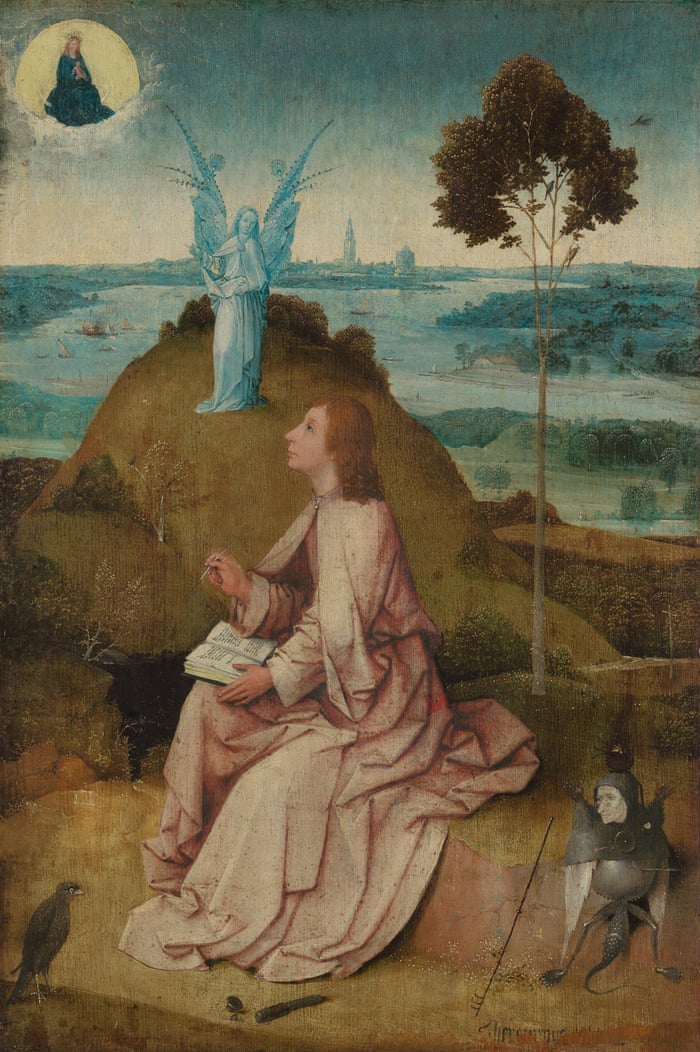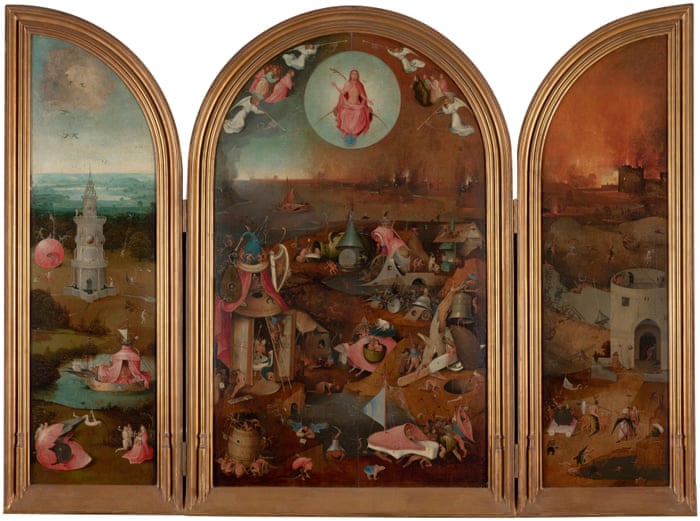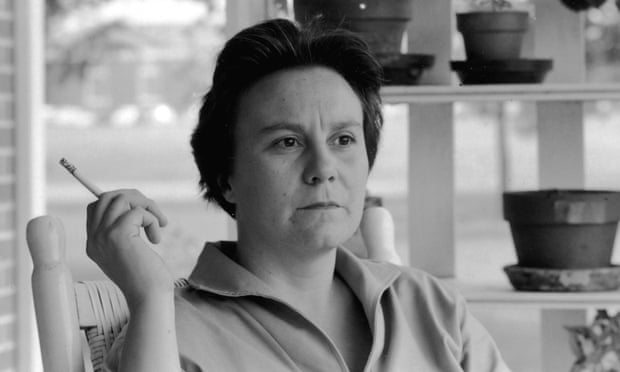Ry Cooder: 15 essential songs
20 January 2016
http://www.telegraph.co.uk/music/what-to-listen-to/ry-cooder-15-essential-songs/
20 January 2016
The Telegraph
DARK WAS THE NIGHT (COLD WAS THE GROUND) (Ry COODER, 1970/PARIS, TEXAS, 1984)
Ry Cooder described Blind Willie Johnson's 1927 song Dark Was the Night (Cold was the Ground) as "the most transcendent piece in all American music". Cooder first covered the song on his 1970 eponymous debut album and again for the soundtrack to the film Paris, Texas. When the United States sent the two Voyagers into orbit in 1977, musicologist Alan Lomax saw to it that along with Bach and Beethoven, the gold-plated copper discs contained Johnson's eerie masterpiece. Cooder comes as close as possible to recapturing the simplicity and purity of Johnson's playing. "I’ll really tell you," Cooder said once, "Blind Willie Johnson is in the ether somewhere.
VIGILANTE MAN (INTO THE PURPLE VALLEY, 1972) Ry Cooder started out on a four-string guitar his father bought him and the first tunes he learned were by Woody Guthrie. On his 1972 album Into the Purple Valley, Cooder delivers an emotional version of Guthrie's classic ('Why does a vigilante man / Carry that sawed-off shot-gun in his hand?'). Cooder has covered classic songs well during his career, whether in instrumentals (Skip James's Cherry Ball Blues) or powerful protest songs (Leadbelly's Bourgeois Blues).
BOOMER'S STORY (BOOMER'S STORY, 1972) Ry Cooder is a master at breathing new life into old songs. His pulsating and moving version of the 1929 song The Railroad Boomer features Jim Dickinson on piano.
DITTY WAH DITTY (PARADISE AND LUNCH 1974) An inventive cover of Florida blues musician Arthur Blake's song Ditty Wah Ditty, which features some great interplay between Ry Cooder on guitar and jazz legend Earl Hines, then 70, on piano.
IT'S ALL OVER NOW (PARADISE AND LUNCH 1974) It's All Over Now was written by Bobby Womack and Shirley Womack. Cooder says Womack's record was one of the best songs of the Sixties. This version captures Cooder's unerring feel for R&B.
TAMP 'EM UP SOLID (PARADISE AND LUNCH 1974) A wonderful example of Ry Cooder taking an old folk song, believed to be based on what field hands sang while stacking bales of cotton, and reinventing it in a fresh and stirring way.
JESUS ON THE MAINLINE (SHOW TIME, 1976) Jesus on the Mainline was included on the 1974 Paradise and Lunch album, but the more striking version is from his 1976 live album Show Time. Following the entertaining Hawaiian blend of the album Chicken Skin Music, Cooder toured with a group of Tex-Mex musicians, led by the great accordionist Flaco Jiminez, in a band that included soul and gospel backup singers. Show Time was recorded in December 1976 in San Francisco, and Cooder's version of Jesus on the Mainline shows off his dazzling acoustic guitar skills.
THE VERY THING THAT MAKES YOU RICH (MAKES ME POOR) (BOP TILL YOU DROP, 1979) Ry Cooder plays The Very Thing That Makes You Rich (Makes Me Poor) frequently during his live shows. It's from his pop-centred album Bob Till You Drop. The song was written by Sidney Bailey, a Memphis taxi driver whose work was brought to Cooder by musician and band member Jim Dickinson.
LITTLE SISTER (BOP TILL YOU DROP, 1979) Little Sister was written by Doc Pomus and Mort Shuman and originally released as a single in 1961 by Elvis Presley. Ry Cooder's version, sung more as a plea, is bouncy and upbeat.
SENECA SQUARE DANCE (LONG RIDERS, 1980) Seneca Square Dance is from the superb soundtrack album for The Long Riders, a Western directed by Walter Hill and starring David Carradine. Cooder won the Best Music award in 1980 from the Los Angeles Film Critics Association Awards for this soundtrack and although the title track is lovely, Seneca Square Dance is one of Cooder's most joyful instrumentals.
ACROSS THE BORDERLINE (THE BORDER, 1982) Across the Borderline was written by Ry Cooder, John Hiatt and Jim Dickinson, and was sung by Freddy Fender for the movie soundtrack for The Border, starring Jack Nicholson. Ry Cooder later performed his own version of the song, which is about immigrants trying to cross the Mexican border into America. Cooder said: "To me, that borderline may be inside yourself." Willie Nelson has also recorded a beautiful version of this song, which includes the lines: Up and down the Rio Grande / A thousand footprints in the sand Reveal a secret no one can define / The river flows on like a breath In between our life and death / Tell me who is next to cross the borderline.
PARIS, TEXAS (PARIS, TEXAS SOUNDTRACK, 1984) Harry Dean Stanton, who starred as Travis Henderson, said of Paris, Texas: "It's my favourite film that I was in. Great directing by Wenders, great writing by Sam Shepard, great cinematography by Robby Müller, great music by Ry Cooder." The film won the Palme d'Or at the 1984 Cannes Film Festival. Cooder's playing was haunting. Kurt Cobain said the soundtrack was one of the best of all time.
CROSSROADS (CROSSROADS SOUNDTRACK, 1986) Ry Cooder loved working for director Walter Hill and the soundtrack album Crossroads featured the great blues harmonica player Sonny Terry and blues musician Terry Evans. Cooder had loved the blues of Robert Johnson since he was a teenager and this spirited version of his classic Crossroads features some great bottleneck guitar playing. As Cooder said: "I am playing Johnson's music the way I know how to play bottleneck, which is to hold the guitar upright, wear a bottleneck on your finger, and fingerpick the thing, and play in the tuning that I’m certain that he used."
DUNMORE LASSIES (THE LONG BLACK VEIL, 1995) Ry Cooder has recorded many excellent collaborations, including with Randy Newman, the late Ali Farka Toure and the Buena Vista Social Club, but an overlooked gem is the instrumental Dunmore Lassies, recorded with Irish folk group The Chieftains in 1995. Matt Molloy plays flute with almost no ornamentation and Cooder's senstive, slow accompaniment create something magical.
GET RHYTHM (GET RHYTHM,1987) Get Rhythm is Cooder’s turbo-charged rendition of the Johnny Cash Sun classic, with production by son Joachim Cooder (above left), who is a drummer.
DARK WAS THE NIGHT (COLD WAS THE GROUND) (Ry COODER, 1970/PARIS, TEXAS, 1984)
Ry Cooder described Blind Willie Johnson's 1927 song Dark Was the Night (Cold was the Ground) as "the most transcendent piece in all American music". Cooder first covered the song on his 1970 eponymous debut album and again for the soundtrack to the film Paris, Texas. When the United States sent the two Voyagers into orbit in 1977, musicologist Alan Lomax saw to it that along with Bach and Beethoven, the gold-plated copper discs contained Johnson's eerie masterpiece. Cooder comes as close as possible to recapturing the simplicity and purity of Johnson's playing. "I’ll really tell you," Cooder said once, "Blind Willie Johnson is in the ether somewhere.
VIGILANTE MAN (INTO THE PURPLE VALLEY, 1972) Ry Cooder started out on a four-string guitar his father bought him and the first tunes he learned were by Woody Guthrie. On his 1972 album Into the Purple Valley, Cooder delivers an emotional version of Guthrie's classic ('Why does a vigilante man / Carry that sawed-off shot-gun in his hand?'). Cooder has covered classic songs well during his career, whether in instrumentals (Skip James's Cherry Ball Blues) or powerful protest songs (Leadbelly's Bourgeois Blues).
BOOMER'S STORY (BOOMER'S STORY, 1972) Ry Cooder is a master at breathing new life into old songs. His pulsating and moving version of the 1929 song The Railroad Boomer features Jim Dickinson on piano.
DITTY WAH DITTY (PARADISE AND LUNCH 1974) An inventive cover of Florida blues musician Arthur Blake's song Ditty Wah Ditty, which features some great interplay between Ry Cooder on guitar and jazz legend Earl Hines, then 70, on piano.
IT'S ALL OVER NOW (PARADISE AND LUNCH 1974) It's All Over Now was written by Bobby Womack and Shirley Womack. Cooder says Womack's record was one of the best songs of the Sixties. This version captures Cooder's unerring feel for R&B.
TAMP 'EM UP SOLID (PARADISE AND LUNCH 1974) A wonderful example of Ry Cooder taking an old folk song, believed to be based on what field hands sang while stacking bales of cotton, and reinventing it in a fresh and stirring way.
JESUS ON THE MAINLINE (SHOW TIME, 1976) Jesus on the Mainline was included on the 1974 Paradise and Lunch album, but the more striking version is from his 1976 live album Show Time. Following the entertaining Hawaiian blend of the album Chicken Skin Music, Cooder toured with a group of Tex-Mex musicians, led by the great accordionist Flaco Jiminez, in a band that included soul and gospel backup singers. Show Time was recorded in December 1976 in San Francisco, and Cooder's version of Jesus on the Mainline shows off his dazzling acoustic guitar skills.
THE VERY THING THAT MAKES YOU RICH (MAKES ME POOR) (BOP TILL YOU DROP, 1979) Ry Cooder plays The Very Thing That Makes You Rich (Makes Me Poor) frequently during his live shows. It's from his pop-centred album Bob Till You Drop. The song was written by Sidney Bailey, a Memphis taxi driver whose work was brought to Cooder by musician and band member Jim Dickinson.
LITTLE SISTER (BOP TILL YOU DROP, 1979) Little Sister was written by Doc Pomus and Mort Shuman and originally released as a single in 1961 by Elvis Presley. Ry Cooder's version, sung more as a plea, is bouncy and upbeat.
SENECA SQUARE DANCE (LONG RIDERS, 1980) Seneca Square Dance is from the superb soundtrack album for The Long Riders, a Western directed by Walter Hill and starring David Carradine. Cooder won the Best Music award in 1980 from the Los Angeles Film Critics Association Awards for this soundtrack and although the title track is lovely, Seneca Square Dance is one of Cooder's most joyful instrumentals.
ACROSS THE BORDERLINE (THE BORDER, 1982) Across the Borderline was written by Ry Cooder, John Hiatt and Jim Dickinson, and was sung by Freddy Fender for the movie soundtrack for The Border, starring Jack Nicholson. Ry Cooder later performed his own version of the song, which is about immigrants trying to cross the Mexican border into America. Cooder said: "To me, that borderline may be inside yourself." Willie Nelson has also recorded a beautiful version of this song, which includes the lines: Up and down the Rio Grande / A thousand footprints in the sand Reveal a secret no one can define / The river flows on like a breath In between our life and death / Tell me who is next to cross the borderline.
PARIS, TEXAS (PARIS, TEXAS SOUNDTRACK, 1984) Harry Dean Stanton, who starred as Travis Henderson, said of Paris, Texas: "It's my favourite film that I was in. Great directing by Wenders, great writing by Sam Shepard, great cinematography by Robby Müller, great music by Ry Cooder." The film won the Palme d'Or at the 1984 Cannes Film Festival. Cooder's playing was haunting. Kurt Cobain said the soundtrack was one of the best of all time.
CROSSROADS (CROSSROADS SOUNDTRACK, 1986) Ry Cooder loved working for director Walter Hill and the soundtrack album Crossroads featured the great blues harmonica player Sonny Terry and blues musician Terry Evans. Cooder had loved the blues of Robert Johnson since he was a teenager and this spirited version of his classic Crossroads features some great bottleneck guitar playing. As Cooder said: "I am playing Johnson's music the way I know how to play bottleneck, which is to hold the guitar upright, wear a bottleneck on your finger, and fingerpick the thing, and play in the tuning that I’m certain that he used."
DUNMORE LASSIES (THE LONG BLACK VEIL, 1995) Ry Cooder has recorded many excellent collaborations, including with Randy Newman, the late Ali Farka Toure and the Buena Vista Social Club, but an overlooked gem is the instrumental Dunmore Lassies, recorded with Irish folk group The Chieftains in 1995. Matt Molloy plays flute with almost no ornamentation and Cooder's senstive, slow accompaniment create something magical.
GET RHYTHM (GET RHYTHM,1987) Get Rhythm is Cooder’s turbo-charged rendition of the Johnny Cash Sun classic, with production by son Joachim Cooder (above left), who is a drummer.
What? No Why Don't You Try Me?
The writer, whoever he or she may be, has confused Borderline, off the album of that name, with Across the Borderline, which is actually from Get Rhythm - and is the track referred to. And, yes, it's a great song!
The writer, whoever he or she may be, has confused Borderline, off the album of that name, with Across the Borderline, which is actually from Get Rhythm - and is the track referred to. And, yes, it's a great song!


















